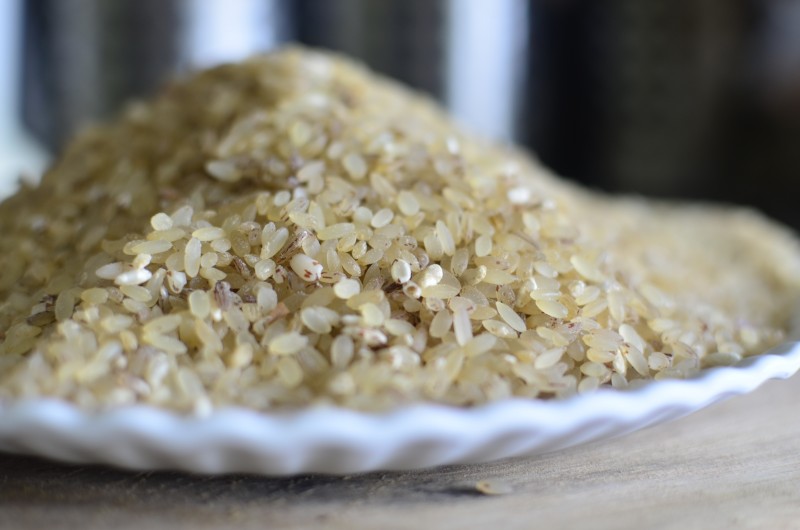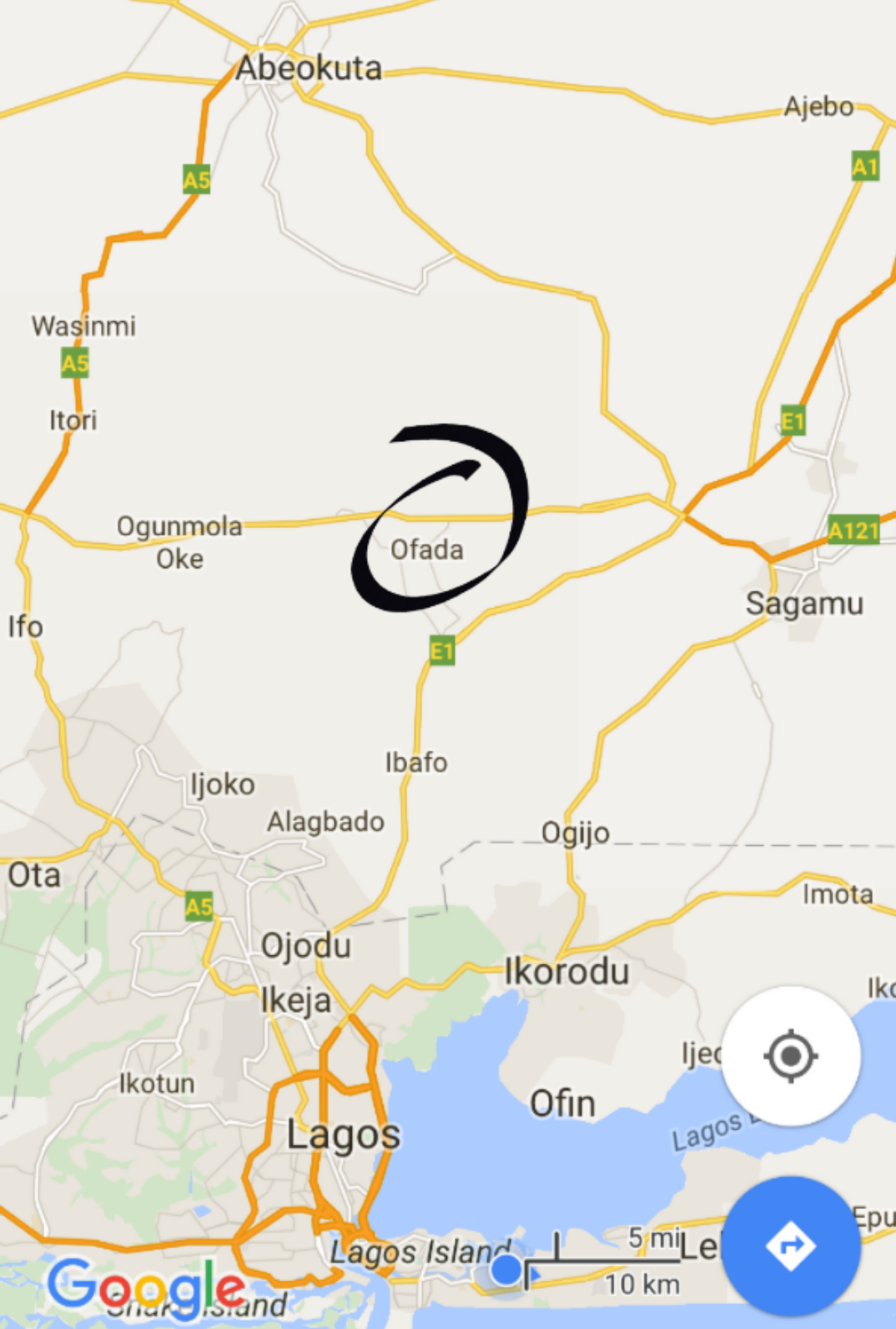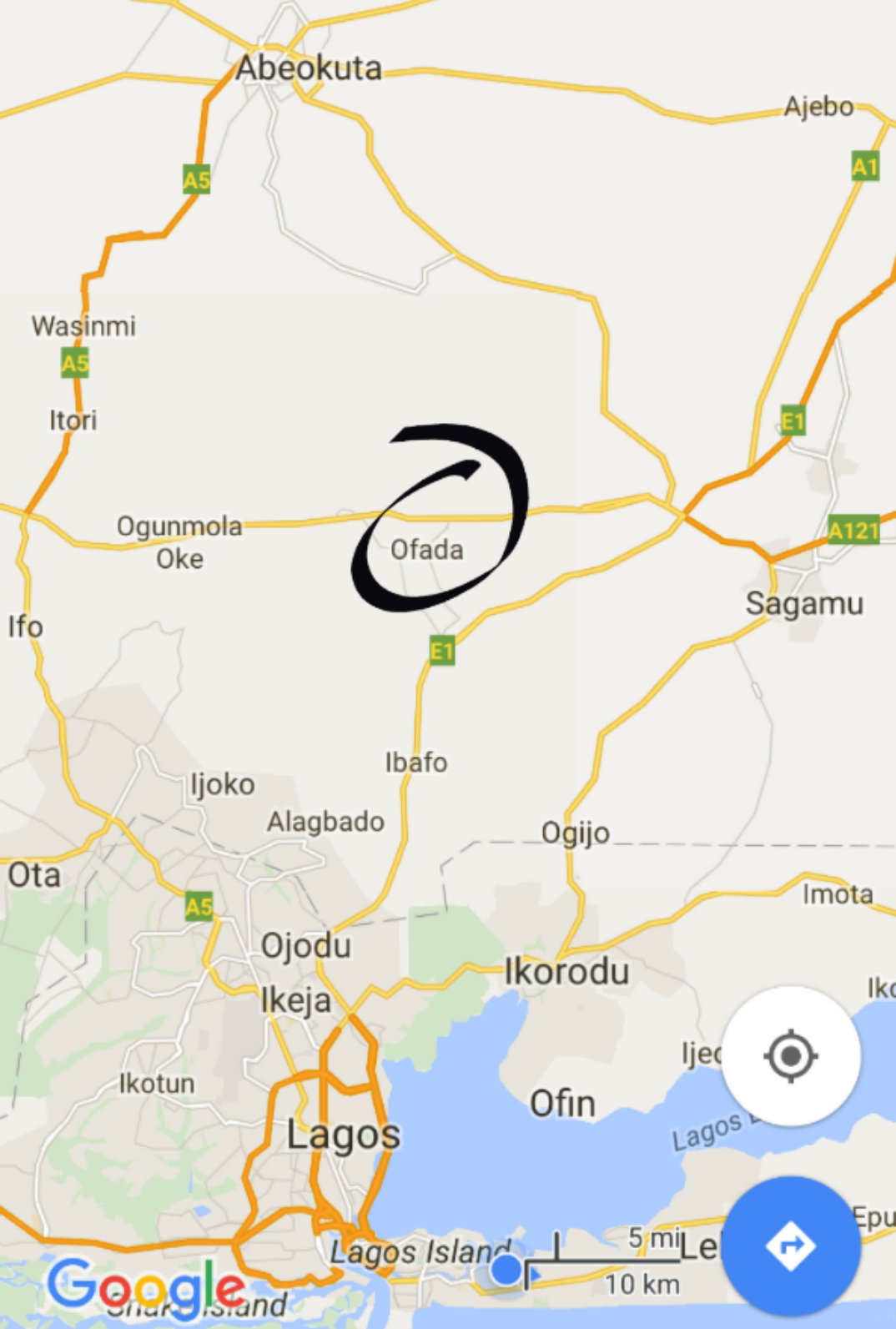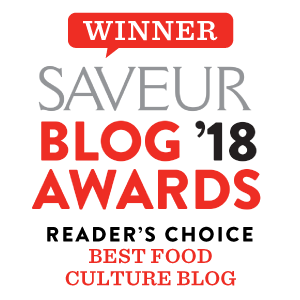1. The grains are striped with burgundy.

2. It is the blanket name for almost all locally produced rice.
I think it needs ‘Protected Designation of Origin‘ status, so that only rice from Ofada, or processed the way it is, is called by that name. And yes, we might need a whole legal construct around food processing in this country. You’re welcome.

3. Because actually, it is named after a place, Ofada.
A small community in Obafemi Owode Local Government Area in Ogun State
4. It has a peculiar flavour & taste, something ‘umami’ish’ about it.
The best I’ve eaten was at TerraKulture in Lagos.
5. But, but, but, if you’re cooking it at home, know that it stinks to high heavens.
The smell lingers for hours Yep, it stinks because it is fermented, yep, like Une, Iru, Ogiri. Left to soak in water for 5 – 7 days, after harvesting, it is parboiled and sun-dried before it is market-ready.

6. And it is highly nutritive because it is processed ‘brown’, unpolished and parboiled.
High in fibre, ‘driving nutrients from the bran to endosperm’ making them nutitionally richer, et al. Did I already mention fermented, which adds good-for-the-gut nutrients into the mix?
7. Some varieties can be stony.
Some argue that stones aren’t a function of the harvesting, but during processing – wear and tear from the aged stone mills often used.
So there, here’s some of what I know about Ofada rice. Anything to add? Please share in the comments below. Thank you.[wpurp-searchable-recipe]7 Things You Need To Know About Ofada Rice – – – [/wpurp-searchable-recipe]





Considering the lengthy process involved in the process of Ofada rice make it a little expensive. I went into rice farming during the covid and subsequently the year that follows. I decided to produced ofada rice and destone and bag. And it was so nice. But really when I consider the process of rice from planting to processing, I discovered it doesn’t worth it. The cost is too much, with a lot of wastage becos the harvesting is manual. We couldn’t get an harvester.
No matter how much farmer put on local rice it worth it. Cos I have the first hand experience
I love this article. It opnes up my eyes to the mysteries of Ofada rice. Thanks a lot.
But, err…, wait a minute, one more thing, the word “umami”, isn’t it related to the taste given by using bunion cubes (which has MSG and isn’t the best option for seasoning)? I recently and fortunately stumbled onto a healthier combination of natural herbs & spices that acts as a healthier substitute for bunion/seasoning cubes for every kind of meal.
I believe, Ofada rice can replace the refined imported rice Nigerians eat. I love Ofada with its signature sauce *yummy. I would like to partner with a local Ofada farmer to improve the packaging (not the over-priced ones we buy off the supermarket shelves), marketing and acceptance of this product in and outside Nigeria.
We can develop a model that makes Ofada production profitable for the farmers and more appealing to the consumers.
I think having variety is great. I really love the different local varieties – Ofada, Abakaliki, Ekpoma and the others. Please let me know if you every progress a partnership with any farmers – sounds interesting
Yes, I have a link to local farmers for the ofada rice and the price is affordable
Please I need your phone number. Mrs Hannah Abiola
[…] That yes, you know Ofada rice is fermented as part of its processing, as part of what makes it highly sought after but you do not think it stinks to the high heavens. You did not know that it had a pungence thicker, more pungent than ogiri, the smelliest thing you’ve smelled, tasted, up there with your stinkiest blue cheese. […]
I love jollof rice and “egushi” soup. I wrote the word like my ear have heard it. I had the privaledge of enjoying all kinds of rural nigerian foods at an african cuisine restuarant in South Africa, Cape Town. My friend returned to nigeria and hopefully on a visit to SA i will enjoy again. The people look at me in a strangeway if i dare to buy some crayfish powder. I am waiting patiently on my friend Mbaise. All of the best to everyone in nigeria and Bon appetite!
Thank you so much – you did great with the spellings and how it is said out loud. Well done. Best regards to you and yours